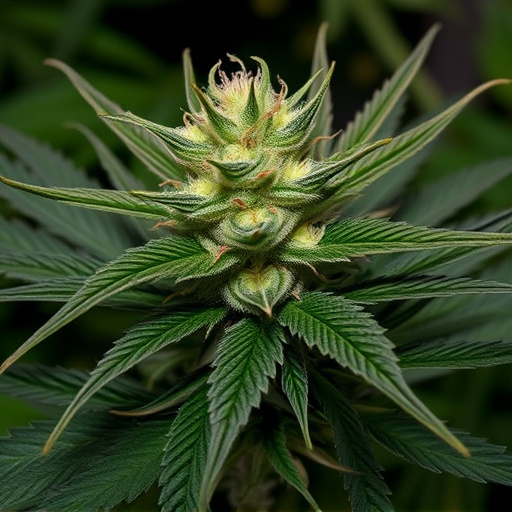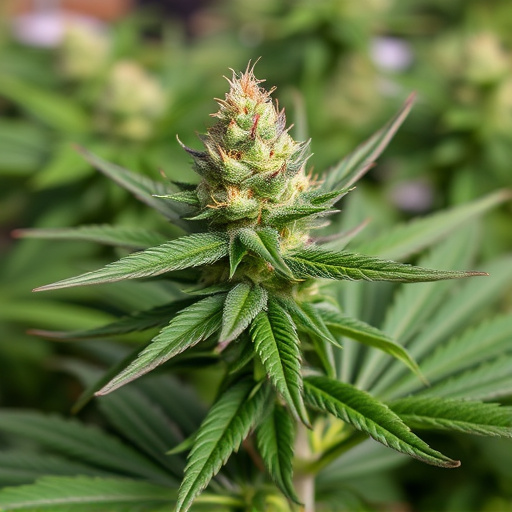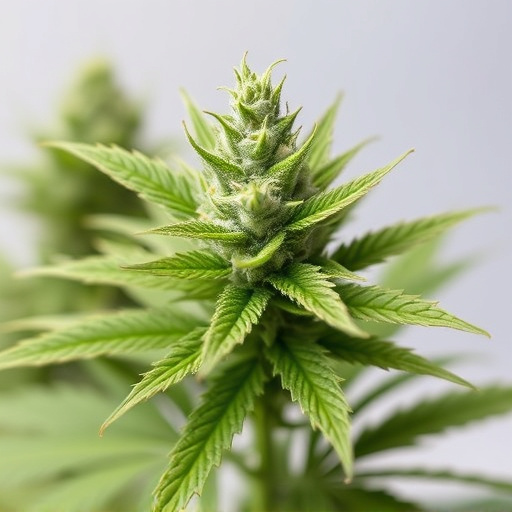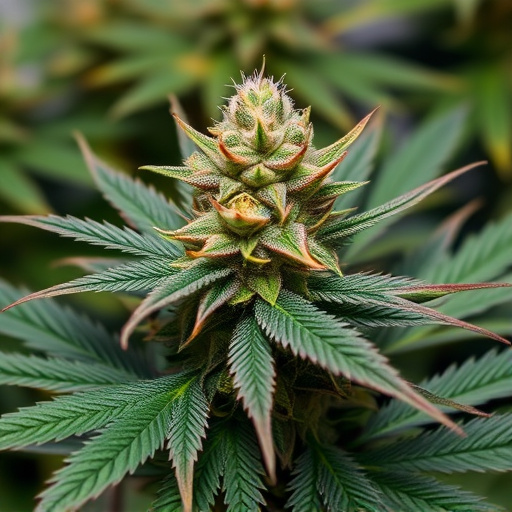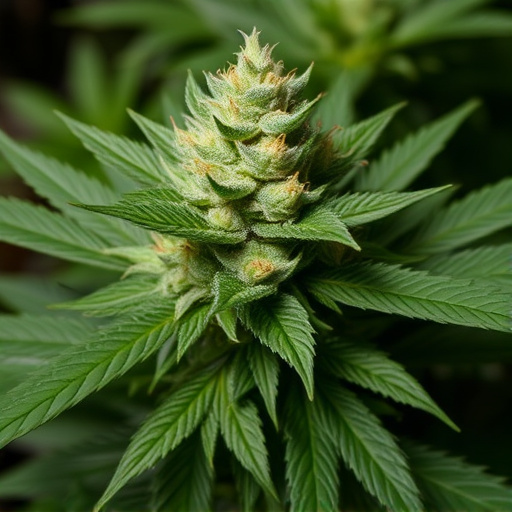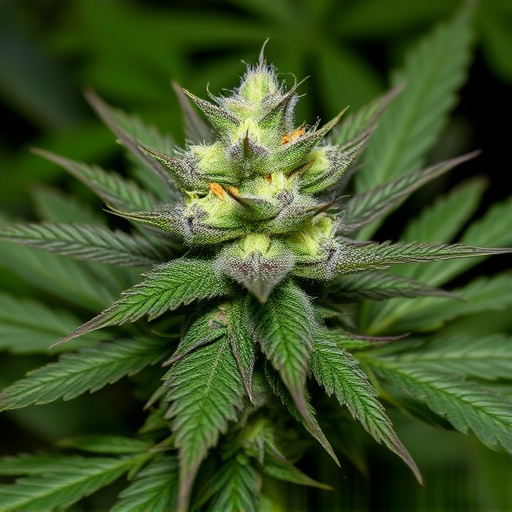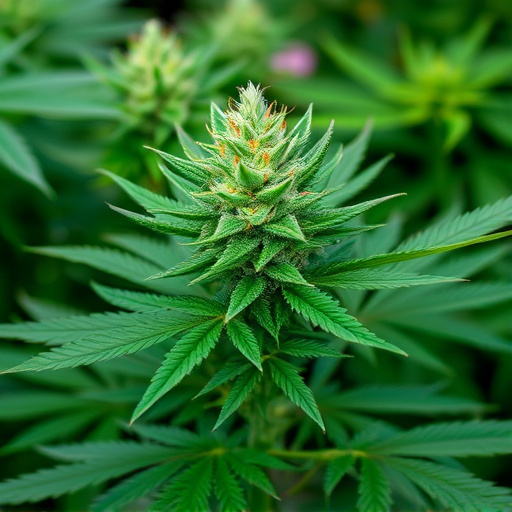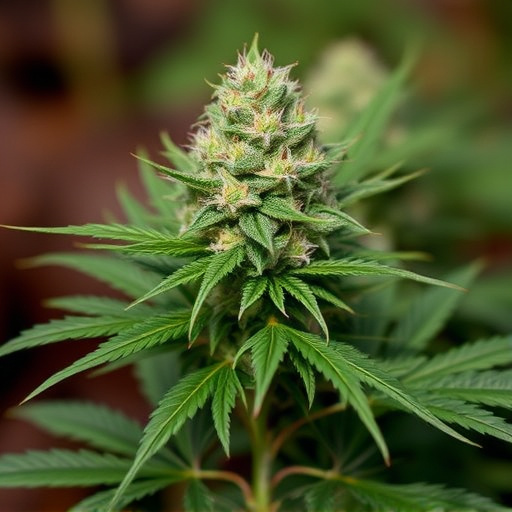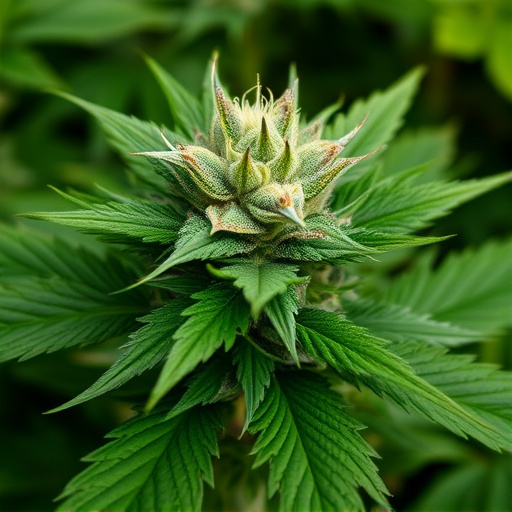The text delves into the short-term effects of cannabis usage, highlighting that individual tolerance and strain composition significantly impact outcomes. Key compounds like THC and CBD influence experiences ranging from relaxation to memory impairment. Popular strains—Indica for sleep and Sativa for creativity—illustrate these differences. Understanding top 10 strains of cannabis is vital for users seeking tailored relief. The article focuses on relaxing effects, attributed primarily to THC's interaction with the brain's endocannabinoid system, and introduces notable strains like Granddaddy Purple and Blue Dream. It also discusses cannabis' appetite-stimulating effect ("munchies") and the role of CBD in balancing these impacts, suggesting a balanced diet and exercise as complementary measures.
“Unveiling the multifaceted impact of cannabis: Exploring short-term and long-term effects, and navigating the diverse landscape of top 10 strains. From immediate relaxation and mood enhancement to potential long-lasting respiratory issues and cognitive impairments, this comprehensive guide delves into the complex world of weed.
We dissect the short-term benefits like increased appetite and altered perception, alongside unforeseen risks such as anxiety or paranoia. Additionally, we examine the prolonged effects on mental health, memory, and physical well-being, highlighting the growing body of research on cannabis’ impact, especially on youth.
Furthermore, this article introduces top 10 cannabis strains, offering a balanced perspective on their unique effects and therapeutic potential.”
Short-Term Effects of Weed
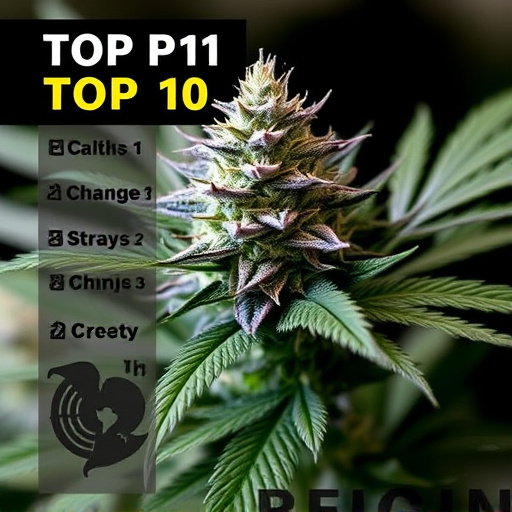
Using cannabis, or “weed,” in the short term can lead to a variety of effects that vary based on individual tolerance and strain. The most common immediate effects include relaxation and altered perception, often described as a “high.” This is primarily due to the active compounds THC (tetrahydrocannabinol) and CBD (cannabidiol), with THC being responsible for most of the psychoactive properties. Users may experience heightened senses, increased appetite, and reduced anxiety, but it can also lead to short-term memory impairment and difficulty concentrating.
The top 10 strains of cannabis known for their distinct effects further illustrate these trends: Indica strains, popular for their relaxing and sedating qualities, are sought after for nighttime use due to potential sleep aid benefits. Sativa varieties, on the other hand, tend to stimulate creativity and energy, making them more suitable for daytime consumption. Some hybrid strains offer a balance of both, appealing to users looking for a mix of relaxation and stimulation. These immediate effects can be enjoyable for recreational users but are important considerations for medical marijuana patients.
– Relaxation and mood enhancement
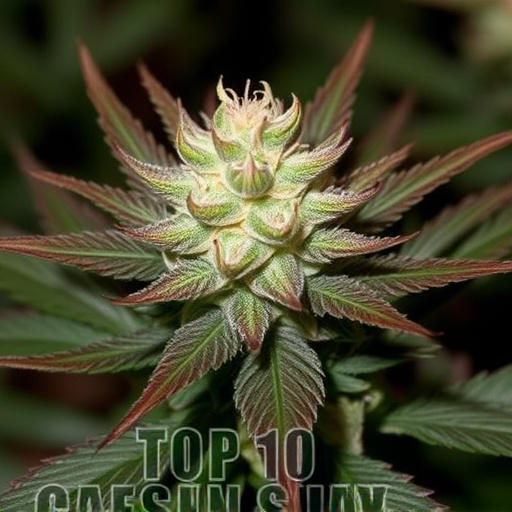
Cannabis has long been associated with relaxation and mood enhancement, making it a popular choice for those seeking to unwind after a long day or manage stress and anxiety. This effect is primarily attributed to the presence of tetrahydrocannabinol (THC), the primary psychoactive compound in cannabis. THC interacts with the endocannabinoid system in the brain, triggering feelings of calmness and euphoria.
When it comes to the top 10 strains of cannabis known for their relaxation and mood-boosting properties, a variety of factors come into play, including terpene profiles and cannabinoid content. Sativas are often preferred for daytime use due to their ability to elevate mood and energy levels, while Indicas are renowned for their sedative effects, making them ideal for evening relaxation. Strains like Granddaddy Purple, Blue Dream, and Bubble Gum offer potent relaxant properties, while others such as Lemon Haze and OG Kush cater to different preferences with unique flavor profiles and effects.
– Increased appetite and thirst
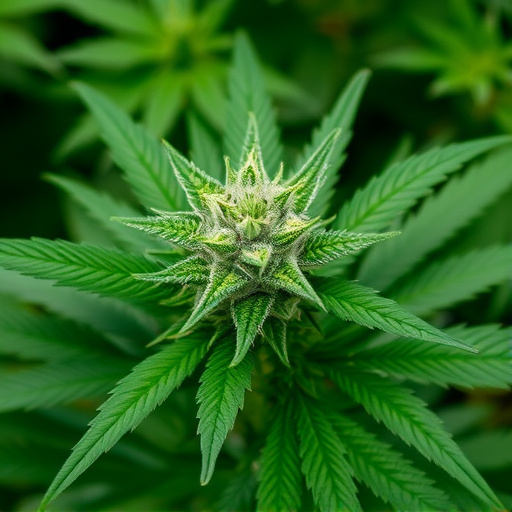
Cannabis use can trigger a significant increase in appetite and thirst, which is one of its most notable short-term effects. This phenomenon is often referred to as “munchies,” a well-known side effect among users. The exact mechanism behind this change is attributed to the interaction between cannabis compounds, particularly tetrahydrocannabinol (THC), and the body’s endocannabinoid system. THC mimics the body’s natural endocannabinoids, binding to receptors in various areas of the brain that control hunger and thirst. As a result, users may experience a craving for high-calorie, high-fat foods, leading to significant weight gain over time if not managed properly.
Exploring the top 10 strains of cannabis can offer insights into mitigating this effect. Certain strains with higher cannabidiol (CBD) content are known to balance the appetite-stimulating effects of THC. CBD interacts differently with the endocannabinoid system, potentially reducing the urge to overeat. Indica strains, often celebrated for their relaxing and sedative properties, tend to have higher CBD levels, making them popular choices for managing hunger. Additionally, combining cannabis with a balanced diet and regular physical activity can help counteract the increased appetite and thirst associated with use, ensuring a more positive overall experience.
In conclusion, while cannabis offers both short-term relaxation and long-lasting effects on appetite, it’s crucial to consider its varying impacts. The top 10 strains of cannabis, each with unique compositions, contribute to these experiences. However, prolonged use can lead to potential health concerns. Understanding these effects empowers users to make informed decisions, ensuring a balanced approach to cannabis consumption.
